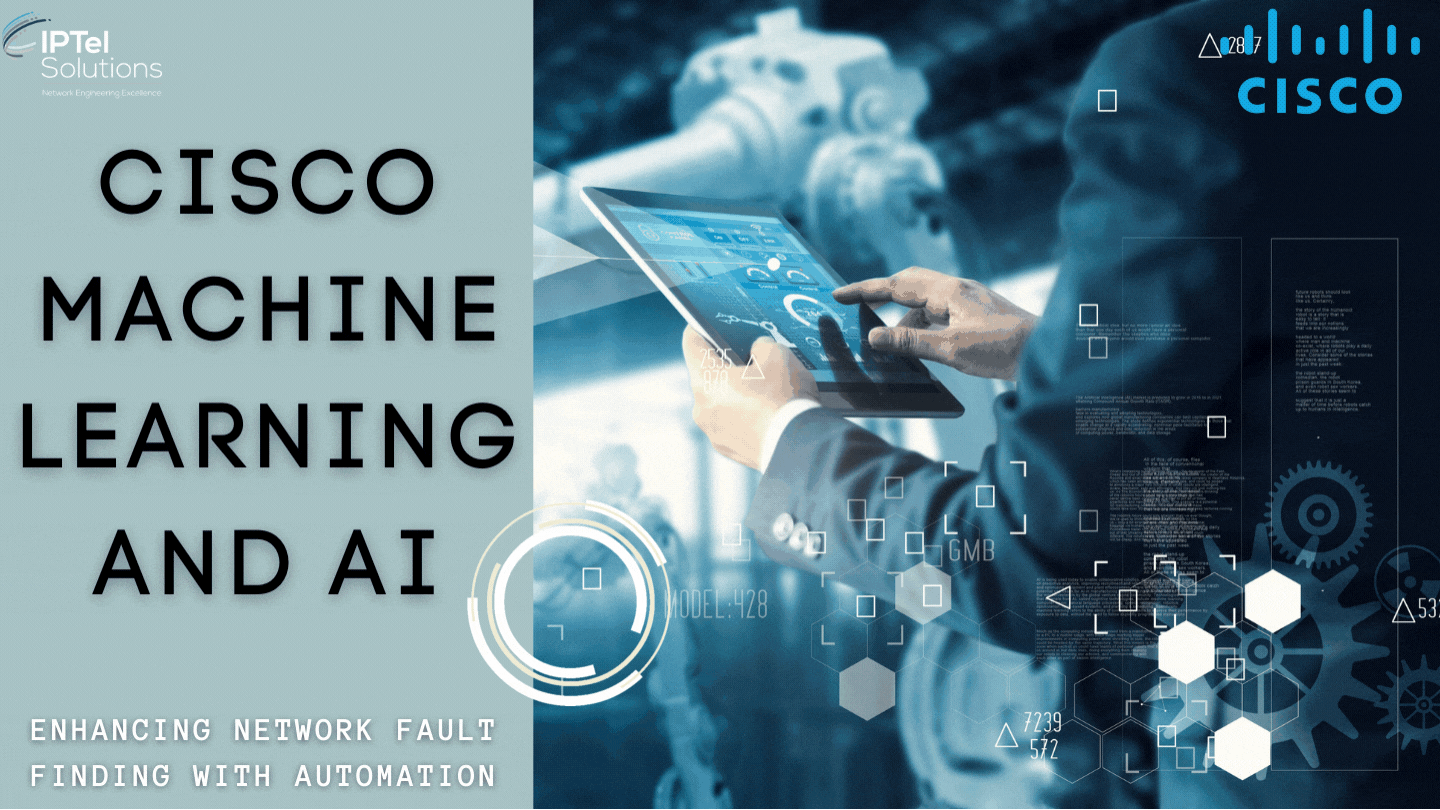The world is talking about the benefits that Machine Learning and AI will bring to us.
Often hyped up and part of a story warning us of out of control robots, the future use of these technologies in networking is rather more benign – they will help us to monitor and maintain a network.

I’ve been in networking for a very long time and over the years I’ve had to diagnose some complex faults.
It's difficult enough in a Route Switch (R&S) environment, when you can use extensive show commands and debugs, but way more tricky in the wireless environment when you don’t control the RF environment and even doing a simple Air Sniff can mean you need to have expensive, complex equipment at hand.
I’ve worked on more than my fair share of complex Wi-Fi issues (and I’ve learnt a huge amount in the process – they really are great learning opportunities), but with complex Wi-Fi faults, it can take days or weeks to really get to the bottom of a complex issue (especially if its bug and needs new code to be cut).
Wouldn’t it be handy if this whole process was a bit easier? And that is where ML and AI come in.
ASSOCIATED BLOGS:
Machine Learning / AI Quick Explainer
What does Machine Learning / Artificial Intelligence all mean? It can be a confusing topic for the uninitiated.
In essence, it's a simple concept: the network takes telemetry data from the network equipment and learns what the normal baseline looks like.
Rather than just alerting on a threshold being breached, you can now look at the longer term trends and only alert when something unusual occurs. This saves a massive amount of time in investigating false alarms.
Legacy Alerting vs Machine Learning / AI Alerting
Legacy alerting is where you set thresholds on various network parameters and then alert on readings falling outside of these. This is a pretty static approach and you have to configure a lot of different alerts to capture a lot of scenarios.
This is shown on the left below:

Machine Learning / AI does something different.
It determines what it thinks the network baseline should be and alerts when you move outside of this (shown on the right hand side above).
This can not only capture alerts you might never see but ensures you don’t get bombarded with alerts that are not real issues.
ASSOCIATED BLOGS:
Proactive and Predictive Insights
The network (using telemetry from network elements) can process all that data and being to spot themes and issues before they become anything major.
That said, it might be just that you want to alert on changes from the baseline to determine that something unusual is happening. Even in that state, it would be ideal if this data were converted into an actionable insight.
An actionable insight is essentially a fancy way of saying that an issue has been spotted and diagnosed to the point you can take a specific action on it.
DNA Center and SDA Fabric allow for a range of insights to be generated, and the base outcome of all this is to predict where issues are going to occur, provide some guided troubleshooting and correct the problem before users even notice.
The image blow details how your network integrates with Machine learning, then Artificial Intelligence is applied to that learning, in order to produce the insights that you can make some changes based upon:

*Image from: https://www.cisco.com/c/en/us/td/docs/cloud-systems-management
ASSOCIATED BLOGS:
Cisco Machine Learning and AI: Summary
The point of this blog was to illustrate the possibility of what Cisco AI Analytics can do for us.
By making comparisons of your data against a wider data set, it's possible for the AI engine to learn what it expects the network baseline to be – and when it deviates sufficiently to not only alert, but provide a detailed report and determine the likely impacts. This is truly ground breaking in comparison to the standard network management elements we’ve worked with for years.
Hopefully this glimpse of the future if of use, in starting the transition to a more dynamic way of managing networks.
Cisco SDA Deployment is a good blog to read about how the use of automated networking is likely to be deployed and as an opener to full automation, What is Cisco SDA Fabric would be a great place to start.
ASSOCIATED BLOGS:




.gif)
.gif)